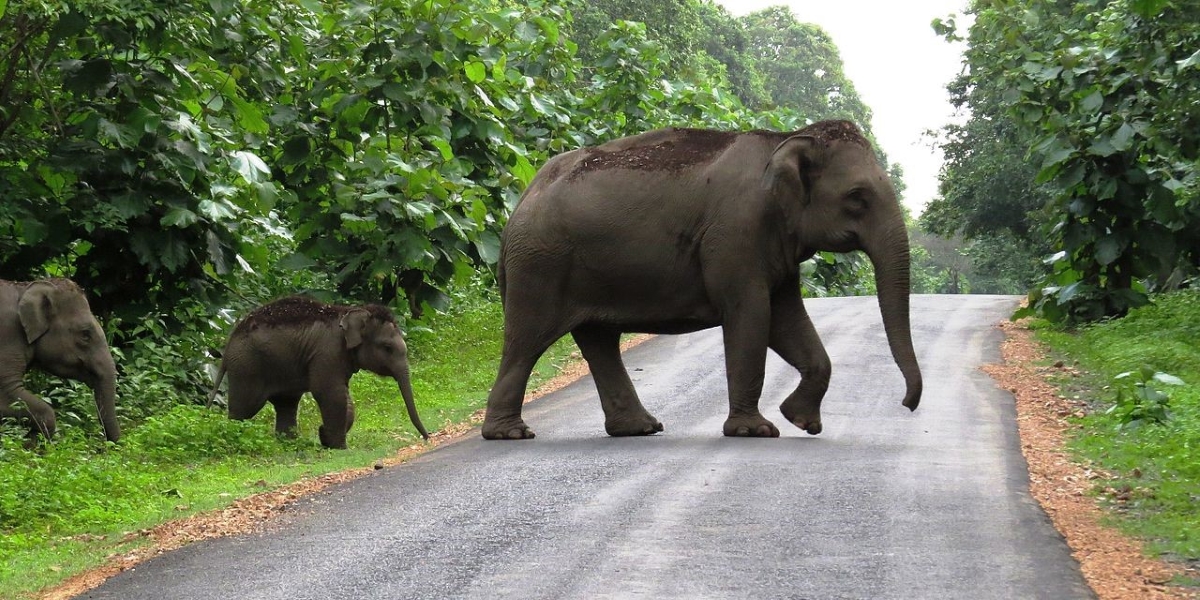The newly installed AI-powered system uses advanced optical fibre sensors to detect elephant movement in real time
Published Jul 21, 2025 | 8:04 PM ⚊ Updated Jul 21, 2025 | 8:04 PM

AI-powered elephant detection system to go live on Kerala-TN rail stretch by 30 July
Synopsis: Southern Railway’s Palakkad Division will launch the AI-powered Elephant Intrusion Detection System (EIDS) by July 30 on the Kottekkad–Madukkarai rail stretch, a key elephant corridor on the Kerala-Tamil Nadu border. Using optical fibre sensors, the system detects elephant movement in real time and alerts railway staff, aiming to prevent collisions and enhance safety for both wildlife and trains
In a significant step towards protecting wildlife and enhancing rail safety, Southern Railway’s Palakkad Division is set to roll out the Elephant Intrusion Detection System (EIDS) on the Kottekkad–Madukkarai rail stretch by July 30.
The stretch, which cuts across the Kerala-Tamil Nadu border, is a critical elephant corridor and has witnessed multiple elephant-train collisions in recent years, prompting urgent calls for preventive measures.
The newly installed AI-powered system uses advanced optical fibre sensors to detect elephant movement in real time. It then sends immediate alerts to station masters, control rooms, level crossing personnel, and loco pilots, enabling quick response and accident prevention.
The system has been deployed along both A and B lines of the route and is currently undergoing final testing to fine-tune accuracy and minimise false alarms.
Divisional Railway Manager Arun Kumar Chaturvedi visited the site over the weekend to assess the system’s readiness. Speaking to the media, he confirmed that the EIDS will be fully operational by the end of the month.
“This is a crucial stretch for both rail and wildlife movement. The EIDS will significantly reduce the risk of collisions and ensure safer passage for elephants and trains alike,” Chaturvedi said.
Once live, the initiative is expected to serve as a model for similar efforts in other wildlife-sensitive rail zones across the country.
(Edited by Ananya Rao)
